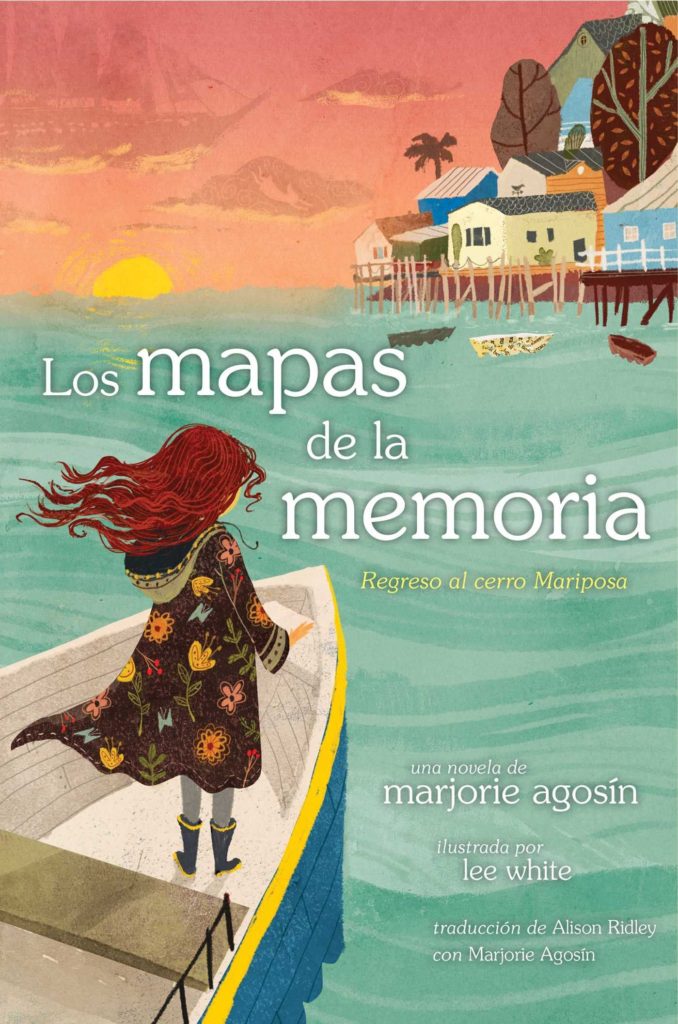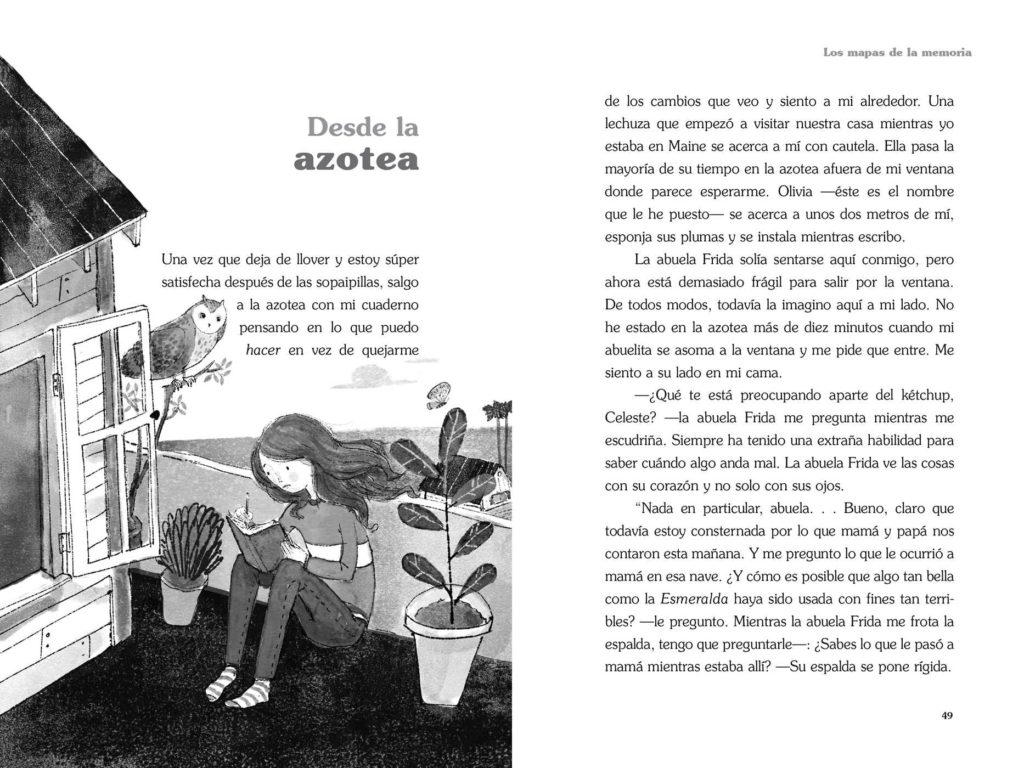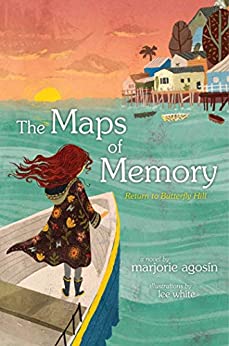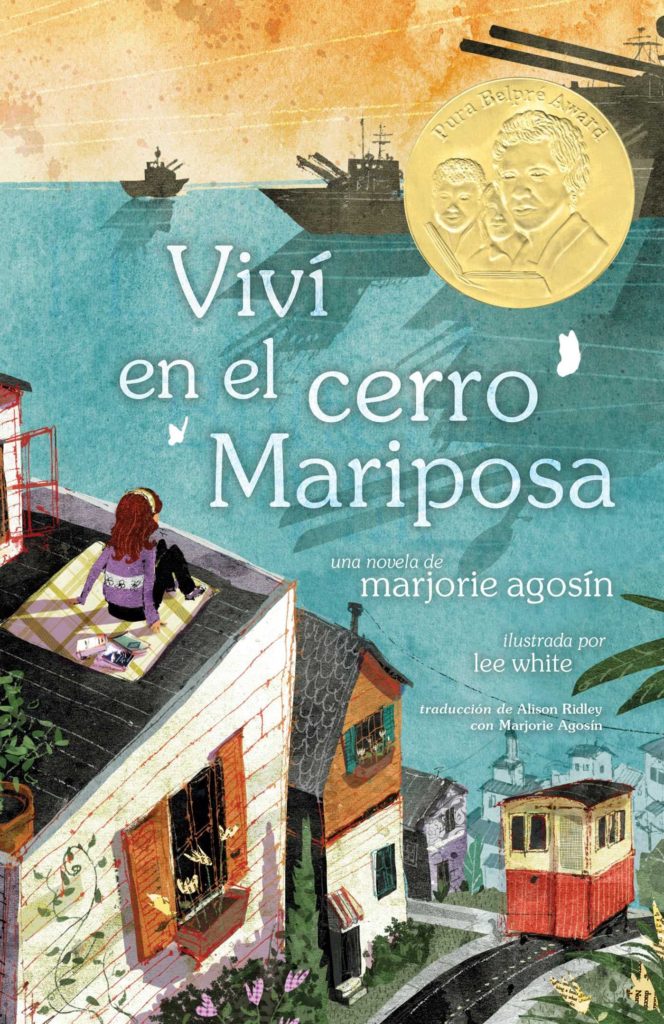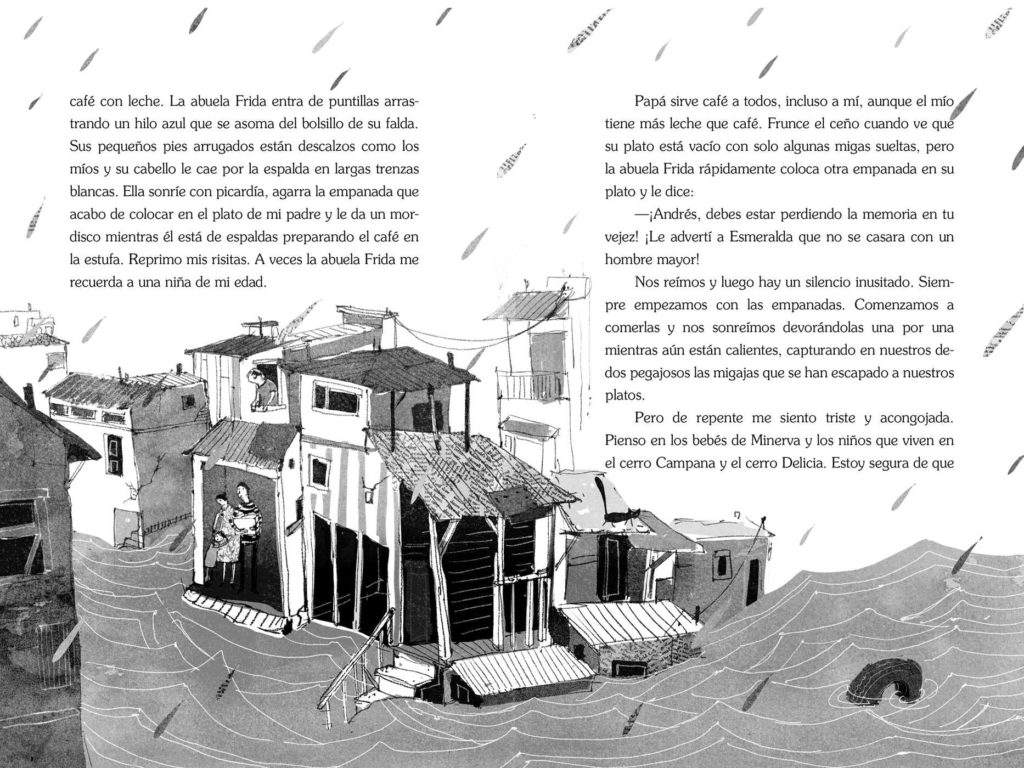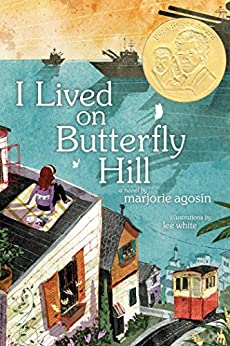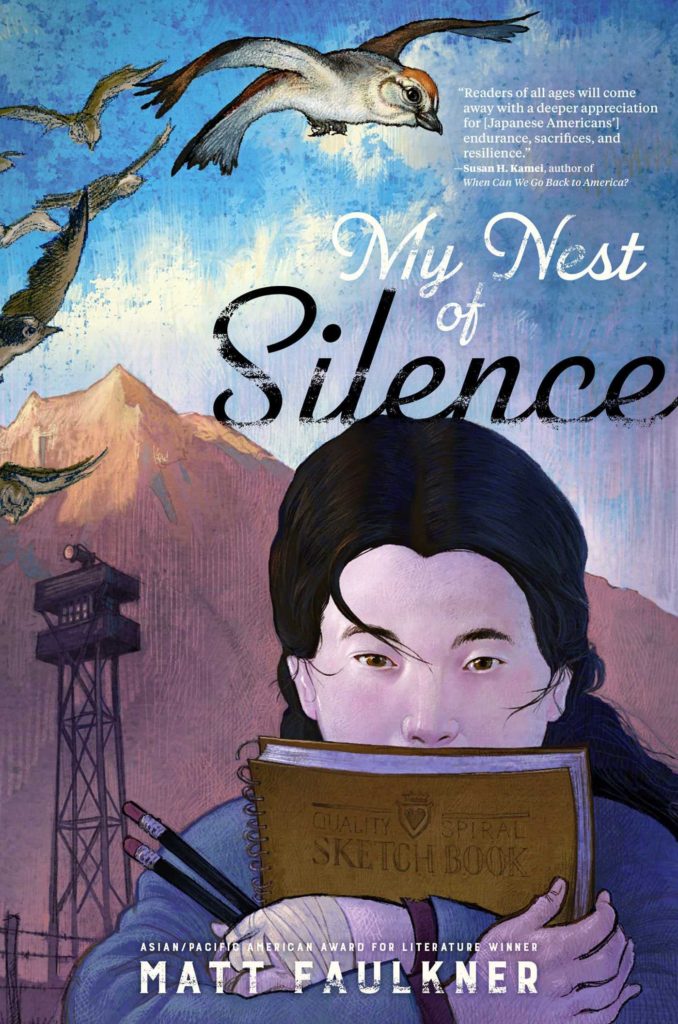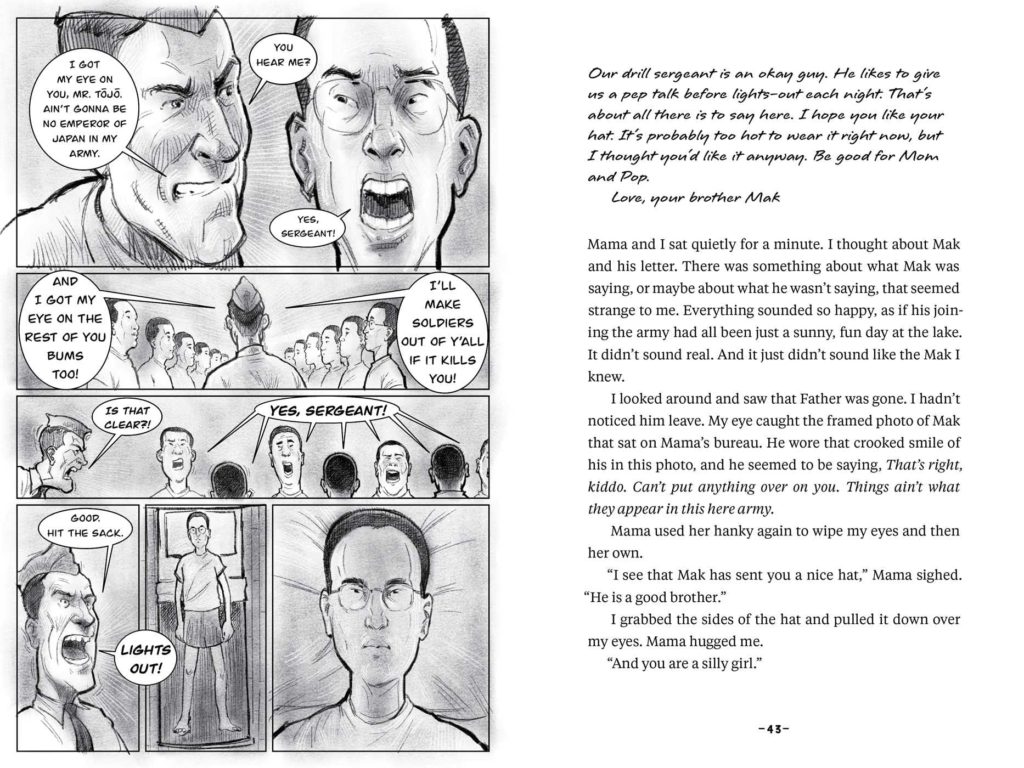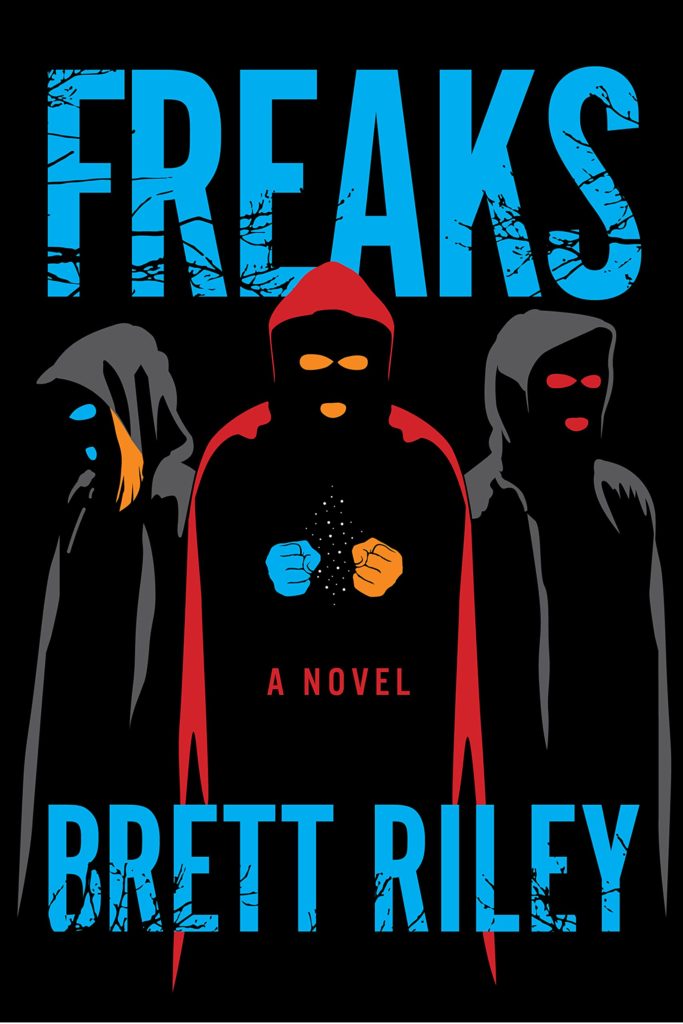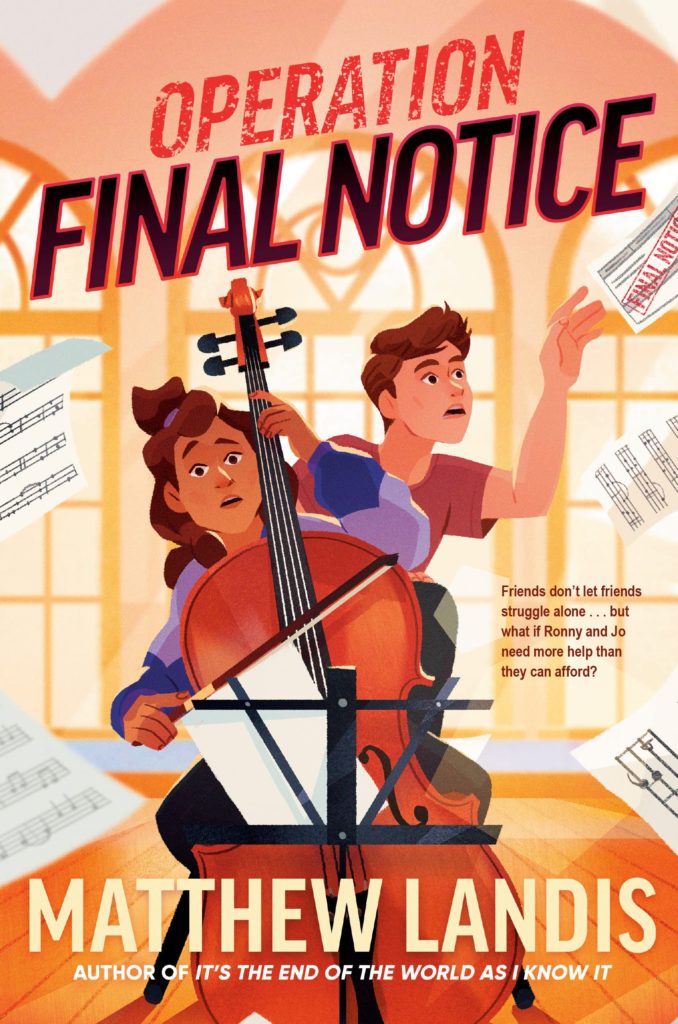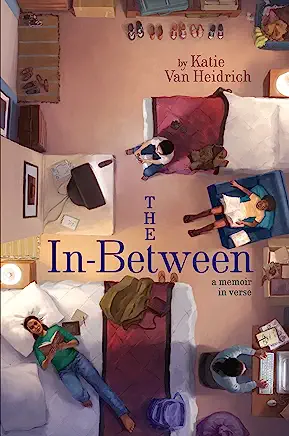Chris Bowman takes on an impressive undertaking of providing elementary age readers with the who, what, where, when, and why of the Glacier National Park in 32 pages of color photos and text.
Bowman gives basic facts and visuals on Glacier National Park while not being a vacation travel advertisement.
Bowman includes: plants and animals (p 12-15), history of peoples in the area (p 16-21), how the glaciers formed (p 8-9), top sites (p 22-23), and perhaps most importantly protecting the park (p24-27) from too many visitors and climate change. “Many of he park’s glaciers have started to disappear in recent years”(p 24).
Bowman also includes graphics of 6 Glacier National Park facts, food web, and a timeline (p28-29).
More information on the Glacier National Park can be gotten safely through Factsurfer.com..
Submitted for Annette McQueen by Mary Pong

